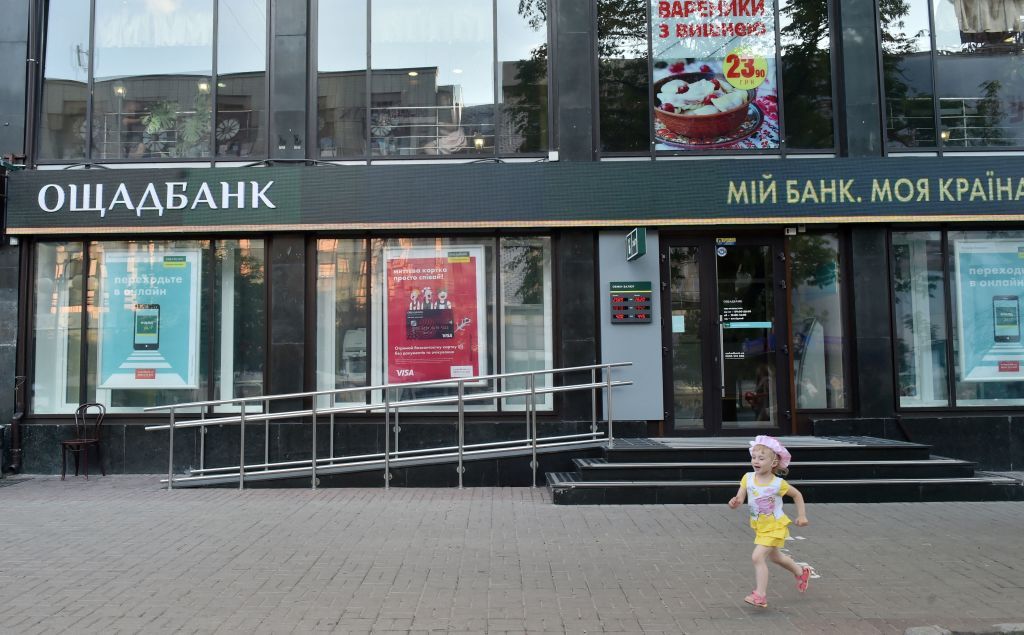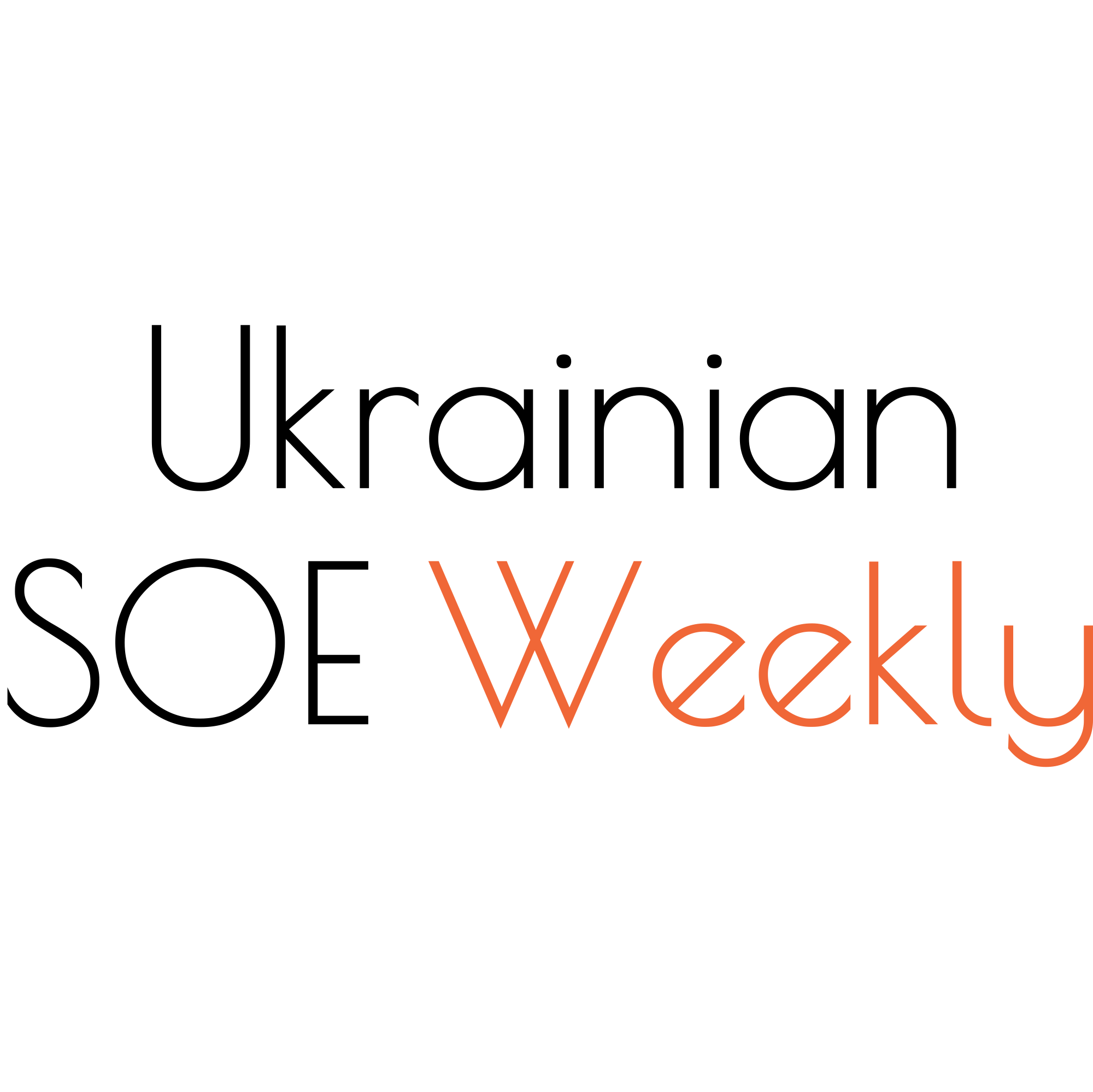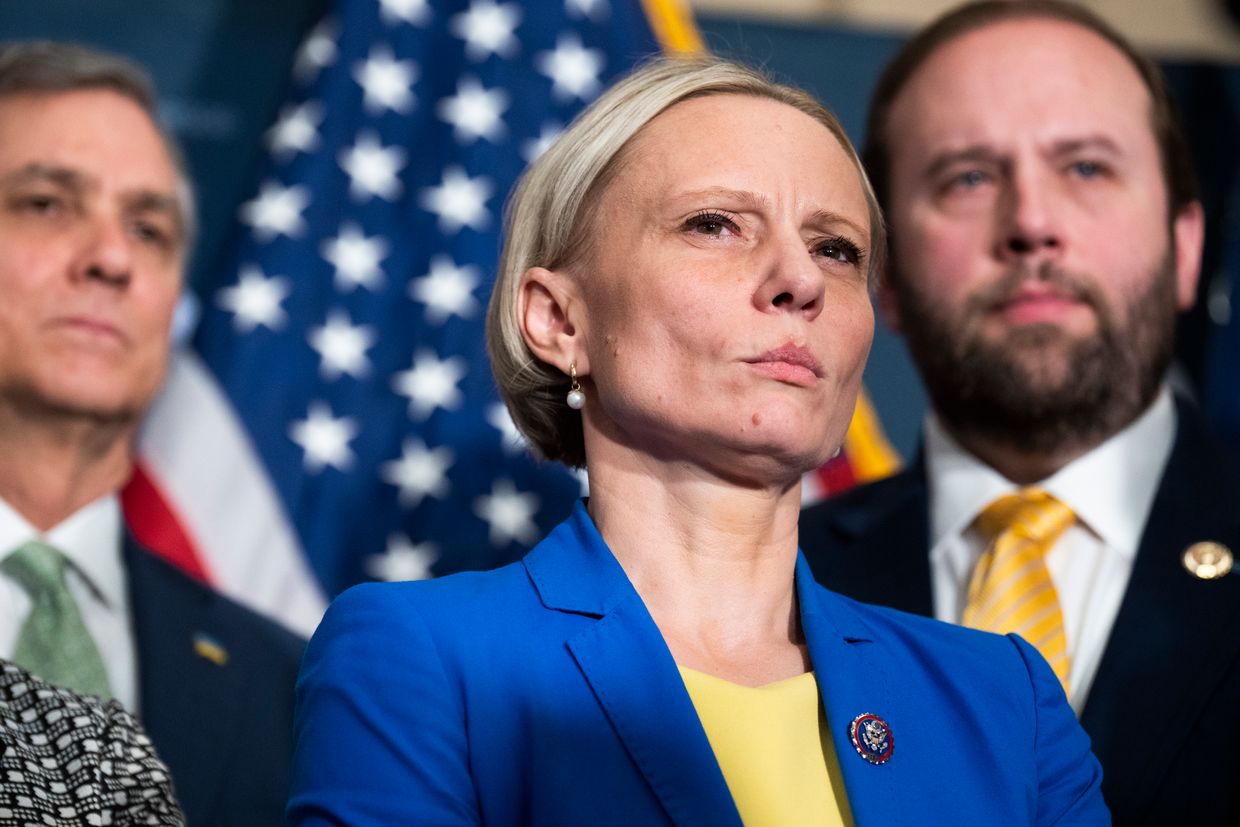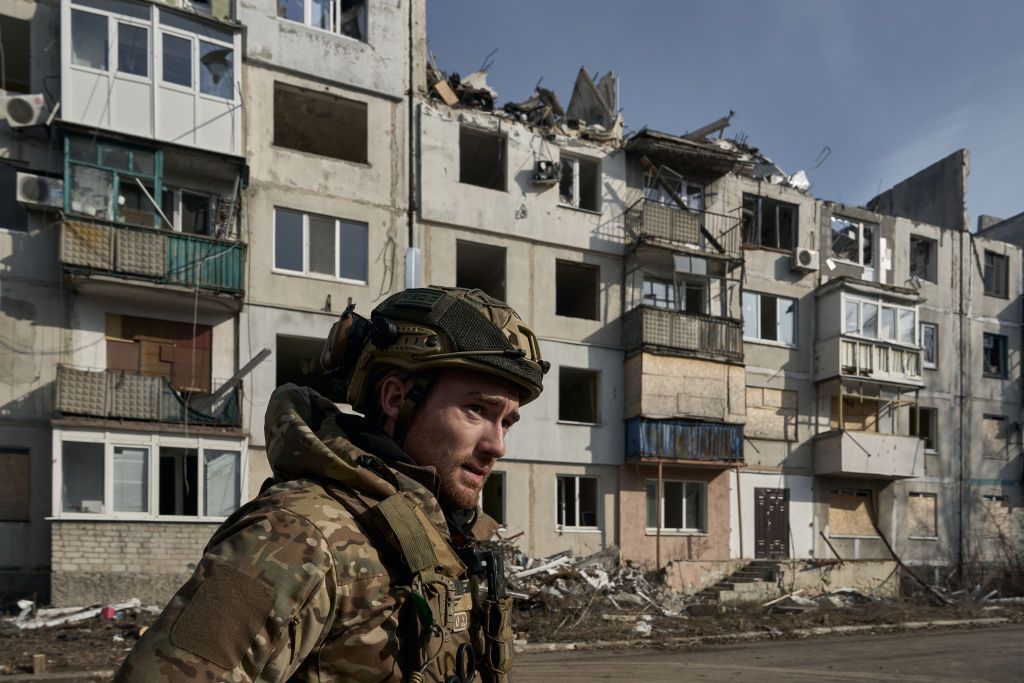Editor’s Note: This is issue 127 of Ukrainian State-Owned Enterprises Weekly, covering events from April 6-12, 2024. The Kyiv Independent is reposting it with permission.
Banks
EBRD extends 200-million-euro lending guarantee to Oschadbank. On April 10, the European Bank for Reconstruction and Development (EBRD) extended a 50-million-euro ($53 million) unfunded portfolio risk-sharing facility to Oschadbank to unlock 200 million ($212 million) euros of new financing for Ukraine’s private sector.
The facility will cover up to 50% of Oschadbank’s credit risk on newly issued sub-loans worth 200 million euros to private businesses operating in Ukraine. EBRD guaranteed close to 900 million euros ($956 million) by the end of 2023.
The guarantee enhances Oschadbank’s capacity to provide funding to Ukrainian companies operating in critical industries such as agriculture, manufacturing, construction, transport, and pharmaceuticals. The U.S. covers some of the lending risk.

Up to 20% of the risk-shared loans will support long-term investments in green technologies by micro, small and medium companies, to make them more competitive. Eligible sub-borrowers also receive EU-funded technical assistance.
Businesses that were destroyed or lost assets due to the war are eligible for additional investment incentives as part of the “EBRD-EU Enterprise Renaissance” window within the EU4Business initiative.
As part of the investment, the EBRD will work with Oschadbank to develop veteran-friendly human resources (HR) policies and practices, a more inclusive financial services offering, plus physical adaptations required by war veterans and other persons with disabilities and/or trauma. Businesses that hire veterans will get extra investment incentives.
Energy sector
Ukraine faces the third Russian attack on its energy facilities in one month. On April 11, Ukrenergo reported that Russia struck Ukraine’s energy infrastructure, damaging Ukrenergo’s substations and generation facilities in Odesa, Kharkiv, Zaporizhzhia, Lviv, and Kyiv oblasts.
Ukrenergo was forced to use emergency assistance from the Polish power system operator PSE and shut off power to some regions. Ukrenergo also called for customers to limit the use of powerful energy-intensive devices during the peak evening hours.
“It will not be possible to restore all generating capacities quickly. Therefore, the risk of electricity shortages will be with us for quite some time,” Ukrenergo’s CEO Volodymyr Kudrytskyi said.
After every Russian mass missile attack on Ukraine’s vital infrastructure, emergency outages take place, lasting for days due to the ongoing repair works. During such outages, people in Ukraine are often left without electricity, heating, water supply, or access to mobile phone networks.
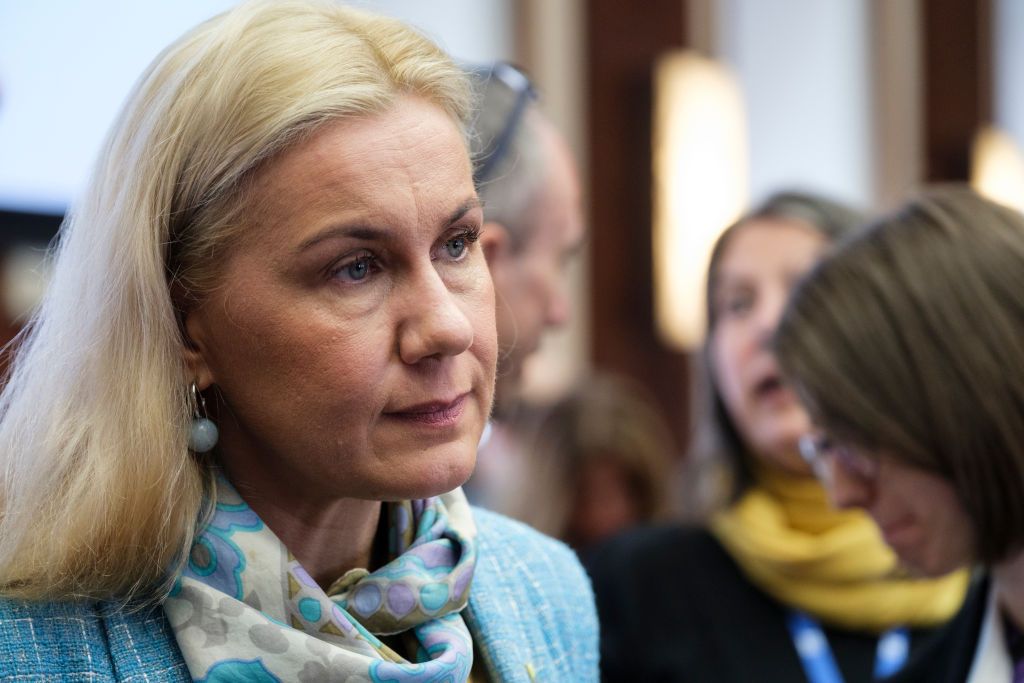
As we reported in Issue 124, on March 22, Ukraine faced the largest Russian missile and drone attack on its energy facilities. See Issue 124 for more detail.
A week later, Ukrenergo faced yet another Russian missile and drone attack. See Issue 125 for more detail.
Trypillia thermal power plant utterly destroyed in a Russian attack, Centrenergo completely lost its generation. On April 11, Centrenergo reported that the Trypillia Thermal Power Plant (TPP) in Kyiv oblast was completely destroyed by a large-scale Russian missile attack.
According to the company, all the workers who were on shift during the attack have survived.
The Trypillia plant provided electricity to almost 3 million people and was the largest electricity supplier in Kyiv, Zhytomyr, and Cherkasy oblasts.
Centrenergo had three thermal power plants, which were essentially all the company’s assets: Trypillia in Kyiv Oblast, Zmiivska in Kharkiv Oblast, and Vuhlehirska in Donetsk Oblast.
On March 22, the Zmiivska thermal power plant was completely destroyed. On July 25, 2022, Russian troops occupied the Vuhlehirska thermal power plant. Thus, Centrenergo lost 100 per cent of its generation.
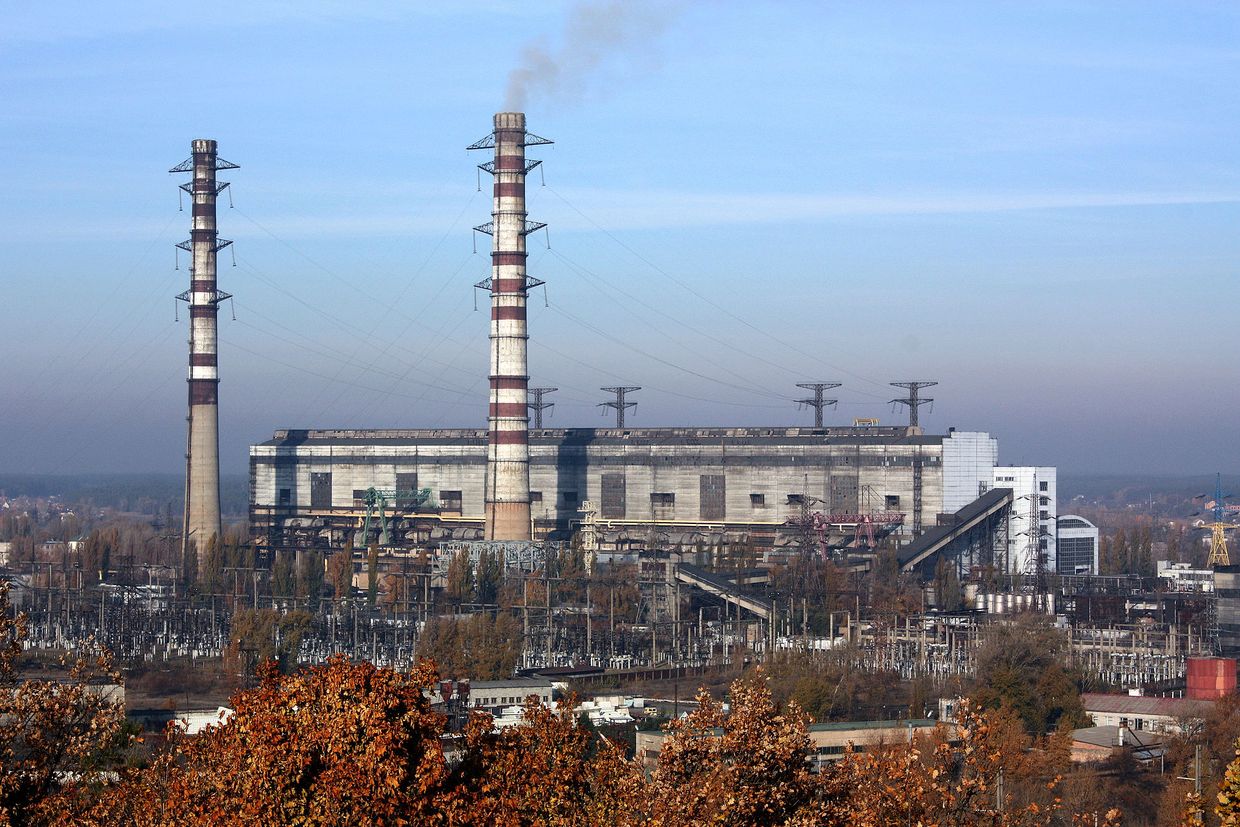
“The scale of the destruction is terrible. This is the biggest challenge for us in the history of the company. But I am convinced that we will cope with it,” Andriy Gota, Centrenergo’s supervisory board chair, said.
According to Ukrainska Pravda (UP), wreckage, found in Kyiv oblast, indicated that Russia used its new Kh-69 cruise missiles to strike the Trypillia plant.
Centrenergo has implemented defenses against fragmentation damage at its thermal power plants, but these are not effective against direct hits. Rebuilding Trypillia is futile without air defense systems, Gota said.
According to Forbes Ukraine, as a result of the last three missile attacks, Rinat Akhmetov’s DTEK, the largest private energy holding, lost 80% of its capacity, while Centrenergo lost 100%, and Ukrhydroenergo, 35%.
According to Ekonomichna Pravda (EP), in the event of complete destruction of thermal power plants, only basic generation (nuclear power plants) would be available in Ukraine. Solar and wind power plants would also operate, and part of the consumption would be covered by imports and emergency assistance.
In addition to the loss of a large volume of production that cannot be replaced, the destruction of thermal power plants would significantly complicate the work of dispatchers. It would be difficult, but possible to balance the power system thanks to hydroelectric power plants, which are also a priority target for the Russian troops.
The loss of thermal power plants is guaranteed to mean blackouts for millions of consumers across the country, at least in winter and in July and August. There may be restrictions in other periods of the year, but it is currently impossible to estimate the exact extent, EP added.

The sustainability of the entire thermal generation depends on many factors that are impossible to assess, the media also wrote. EP’s sources in the energy sector cited various forecasts for the possible destruction of the entire generation – from two to ten attacks.
There are currently no large-scale power outages across the country, except Kharkiv and Kryvyi Rih, thanks to imports and mild weather, according to Forbes Ukraine.
According to EP, some of the equipment destroyed by Russian troops can be restored by winter. Ukraine needs natural gas plants to supplement the grid, but little progress has been made. Restoring damaged and destroyed plants without air defenses is useless.
As we wrote in Issue 91, on June 6, 2023, Ukrhydroenergo reported that the Kakhovka hydroelectric power plant was destroyed beyond restoration after the Russians set off a massive explosion in the engine room. See Issue 91 for more detail.
As we reported in Issue 124, on March 22, Russian missiles attacked the largest hydroelectric power plant (HPP) in Ukraine, the Dnipro hydroelectric power plant in Zaporizhzhia.
Later, Ukrhydroenergo’s CEO Ihor Syrota reported that HPP-1 and HPP-2 of the Dnipro plant did not work. According to Yuriy Belousov of the Prosecutor General’s Office, Russian missiles hit the Dnipro HPP eight times that night. See Issue 124 for more detail.
As we wrote in Issue 125, on March 29, President Volodymyr Zelensky reported that during the missile attack, the Kaniv and Dniester hydroelectric power plants were deliberately targeted by Russian forces. See Issue 125 for more detail.
Russia attacks Ukrainian underground gas storage again. On April 11, Ukrtransgaz, a Naftogaz subsidiary, reported that a Russian missile attack damaged the above-ground infrastructure of two underground gas storage facilities.
The storage facilities’ personnel were in a shelter, and no one was injured. The facilities continue to operate, the company said.
As we reported in Issue 125, a Russian missile attack on March 24 damaged above-ground infrastructure of Naftogaz’s gas storage in western Ukraine. See Issue 125 for more detail.
According to Bloomberg, the April 11 attack was the fourth attack on Ukraine’s gas storage, which has not affected operations so far. “Workers and facilities remain vulnerable and would benefit from air defense,” Naftogaz’s CEO Oleksiy Chernyshov told Bloomberg.
This attack propelled Europe’s prices higher and provided a reminder of the threats to Ukraine’s energy infrastructure. European gas futures rose as much as 9.5%, more than offsetting the previous two days’ losses. They reached the highest price level in more than three weeks, Bloomberg added.
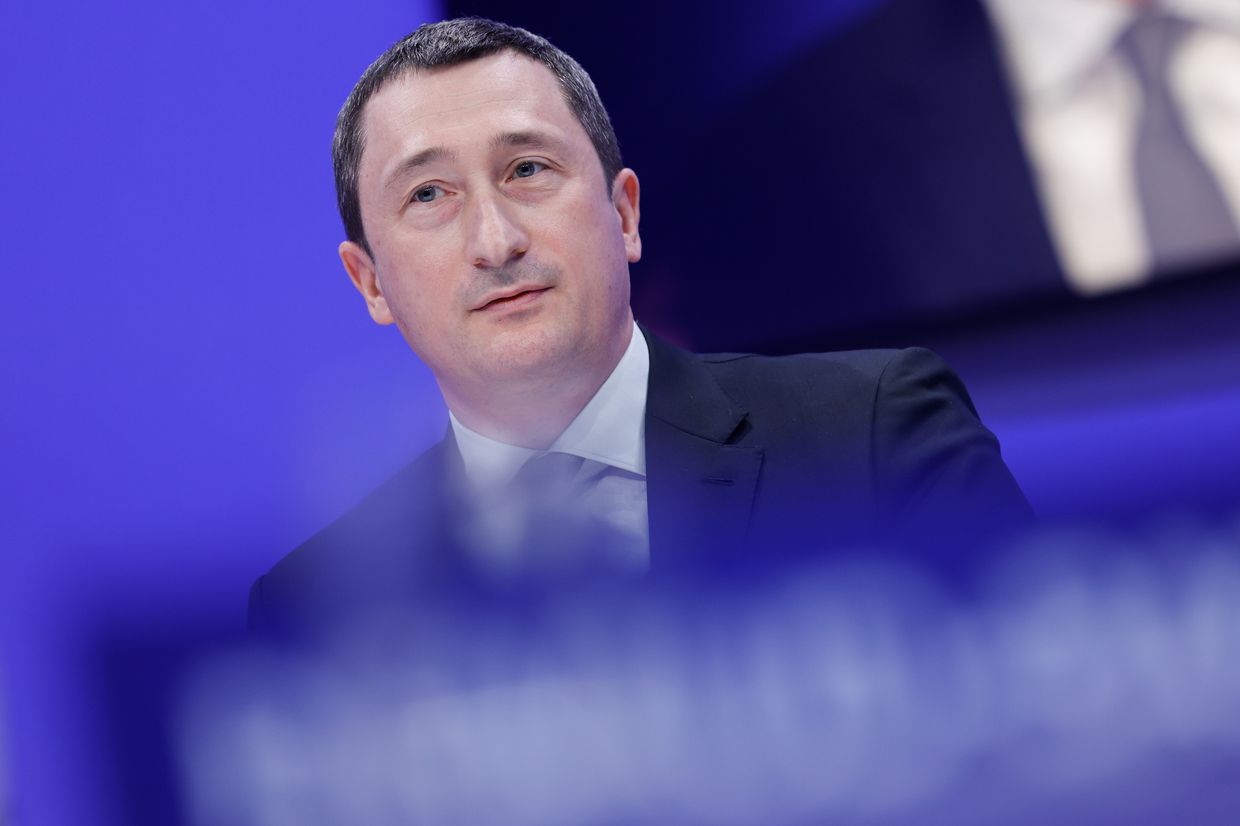
These incidents highlight the potential risk for storing gas in Ukraine, should Europe’s stockpiles become full this summer. Ukraine has more storage capacity than any nation on the continent west of Russia, and it is actively courting traders to hold supplies there.
Ukraine’s storage facilities are located in the western part of the country bordering the European Union, with sites as deep as 2 kilometers below ground. They’re also connected to the EU’s networks, due the country’s decades-long role as a transit route for Russian energy supplies, the media also wrote.
As we reported in Issue 120, European traders earned about $320 million from using Ukraine’s underground storage facilities.
According to Naftogaz, foreign traders and energy companies stored 2.5 billion cubic meters of gas in Ukraine in 2023. Naftogaz aims to increase this to 4 billion cubic meters in 2024.
Naftogaz said that Ukraine offered foreign customers up to 10 billion cubic meters of storage capacity this year, a third of Ukraine’s total underground capacity.
Foreign traders transported over 60 million cubic meters of gas to Ukraine in January-February 2024 (see Issue 123).
As we wrote in Issue 126, Ukrtransgaz reported the end of the 2023/2024 heating season and the start of a new season of gas injection into underground storage facilities on April 2.
Infrastructure
Ukrzaliznytsia earned Hr 5 billion ($126 million) in net profit in 2023, the company’s CEO Yevhen Lyashchenko reported on April 9. Lyashchenko did not specify whether Ukrzaliznytsia’s 2023 financial statement had been audited. The statements were not yet available at the time of writing.
Ukrzaliznytsia paid 50% of the 2023 profit in dividends to the state. The company remained profitable in Q1 2024 according to Lyashchenko, but he did not specify the amount.
In SOE Weekly Issue 70, we reported that on Dec. 30, 2022, the Cabinet of Ministers approved Ukrzaliznytsia’s consolidated financial plan for 2023. According to that plan, Ukrzaliznytsia expected to lose Hr 20.2 billion ($510 million) in 2023 due to the social policy burden and restrictions on cargo transportation.

We also reported in Issue 72 that Ukrzaliznytsia took losses of Hr 10.8 billion ($273 billion) in 2022. The loss from passenger transportation was Hr 13.3 billion ($336 million), suggesting that the company’s other segments, such as cargo transportation, made a profit of Hr 2.5 billion ($63 million).
As we wrote in Issue 80, when Deputy Prime Minister Oleksandr Kubrakov announced the appointment of Lyashchenko as Ukrzaliznytsia’s new CEO in March 2023, he said that Lyashchenko had three key tasks: to unbundle passenger transportation, cargo transportation, production, and infrastructure into separate businesses; to implement the investment program; and to break even (in terms of financial performance).
As we wrote in Issue 103, Lyashchenko said in September 2023 that Ukrzaliznytsia was breaking even and would end the first nine months of 2023 with a profit. See more in Issue 103.
As we reported in Issue 118, on Feb. 5, the Cabinet of Ministers set the minimum dividend pay-out ratio for most SOEs and state-owned banks at 80%. For Ukrzaliznytsia, the Cabinet set a custom pay-out ratio: 50%, provided that the company uses 30% of the profit to finance capital investments approved in the consolidated financial plan for 2024, reconstruction of critical railway infrastructure, and renewal of rolling stock.
Following the Cabinet’s order, Ukrzaliznytsia reported that it transferred Hr 1.3 billion ($33 million) of the dividend advance payment to the state budget.
Ukrzaliznytsia’s dividend pay-out ratio for 2022 was also 50%, and 30% of the profit was to be used to restore the damaged assets and counter Russian aggression.
US EXIM Bank approves $156 million loan for Ukrzaliznytsia to buy 40 Wabtec locomotives. On April 10, Ukrzaliznytsia reported that the Export-Import Bank of the United States (EXIM Bank) approved a loan program for the renewal of the company’s traction rolling stock fleet with 40 diesel locomotives manufactured by Wabtec.
Westinghouse Air Brake Technologies Corporation, commonly known as Wabtec, is a U.S.-based Fortune 500 company manufacturing locomotives and products for locomotives, freight cars, and passenger transit vehicles.
The EXIM Bank is the official export credit agency of the United States.
Total financing should add up to $156 million over 15 years. This decision allows Ukrzaliznytsia to complete negotiations with Wabtec and start procuring the locomotives.
According to the company’s CEO Yevhen Lyashchenko, Ukrzaliznytsia will become the first Ukrainian state-owned company to receive financing from the EXIM Bank.
Privatization
The state’s 66.65% stake in Ocean Plaza offered for sale at Hr 1.65 billion ($41 million). On April 12, the State Property Fund of Ukraine (SPFU) reported that the auction commission for the sale of the state-owned 66.65% stake in Kyiv’s Ocean Plaza shopping mall held its first meeting.
The starting price was set at Hr 1.65 billion. The Cabinet of Ministers must still approve that price and the terms of sale before the auction date can be set.
The proceeds from the sale would go to the state budget and be allocated to the fund for liquidation of the consequences of Russia’s armed aggression.
As we wrote in Issue 106, the SPFU wants to sell the state’s 66.65% stake in Ocean Plaza, previously owned by sanctioned Russian oligarchs Arkady and Igor Rotenberg, with a starting price of Hr 1.3 billion ($32 million). See more in Issue 106.
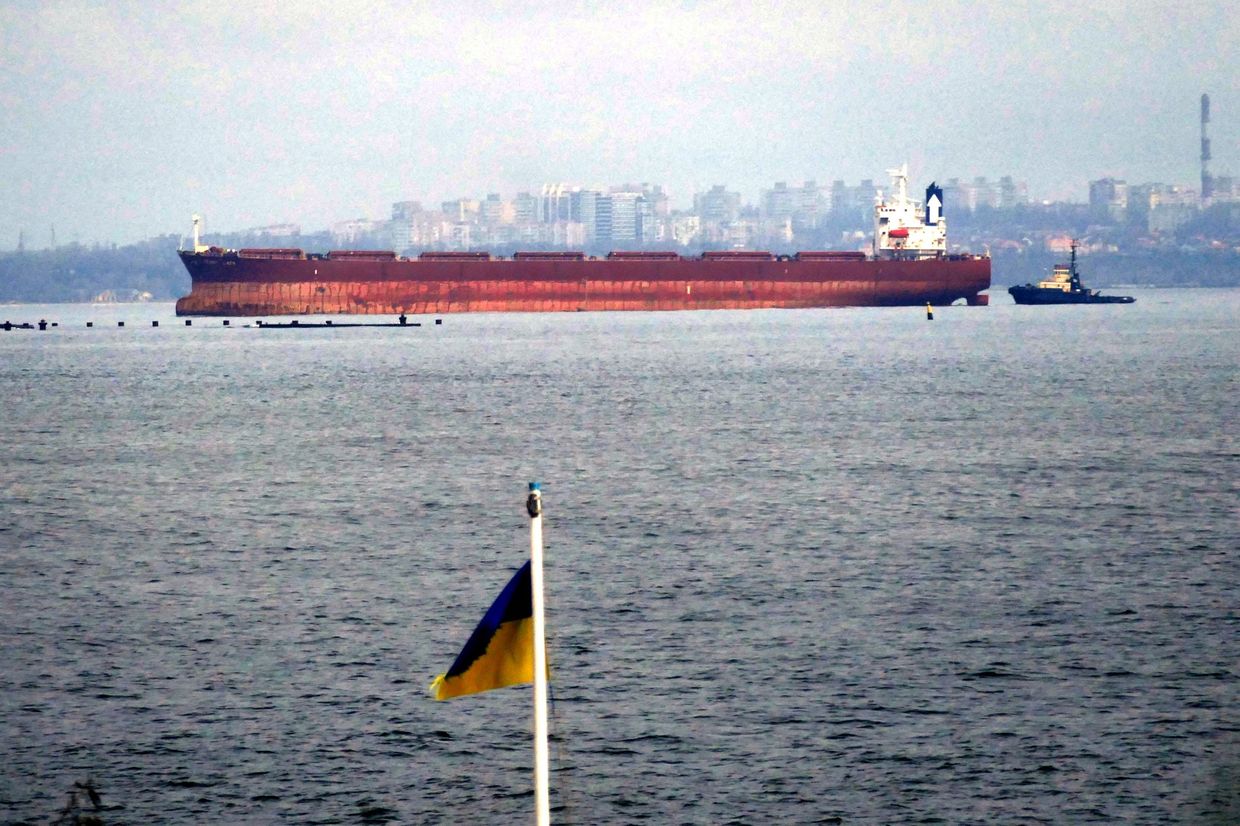
In November 2023, then acting head of the SPFU Oleksandr Fedoryshyn said that it challenged the charter of Investment Union Lybid LLC which owns the Ocean Plaza and planned to change the management after the approval of the complaint. (See more in Issue 109.)
As we reported in Issue 113, Lanita Invest LLC, which owns 33.35% of Ocean Plaza and is controlled by businessman Andriy Ivanov, accused the government of restricting its rights and threatened litigation. See Issue 113 for more detail.
Ukrainian SOE Weekly is an independent weekly digest based on a compilation of the most important news related to state-owned enterprises (SOEs) and state-owned banks in Ukraine. The contents of this publication are the sole responsibility of the editorial team of the Ukrainian SOE Weekly. The SOE Weekly is produced and financed by Andriy Boytsun. Communications support is provided and financed by CFC Big Ideas. The SOE Weekly is not financed or influenced by any external party. Editorial team: Andriy Boytsun, Oleksiy Pavlysh, Dmytro Yablonovskyi, Oleksandr Lysenko, and Mariia Kramar.




